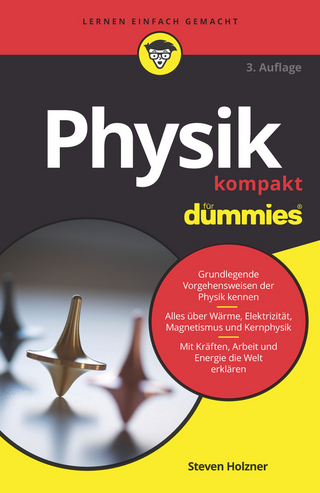
Fuzzy Statistical Inferences Based on Fuzzy Random Variables
Seiten
2024
Chapman & Hall/CRC (Verlag)
978-1-032-16453-3 (ISBN)
Chapman & Hall/CRC (Verlag)
978-1-032-16453-3 (ISBN)
This book presents the most commonly used techniques for the most statistical inferences based on fuzzy data. It brings together many of the main ideas used statistical inferences in one place based on fuzzy information including fuzzy data. This book covers a much wider range of topics than a typical introductory text on fuzzy statistics.
This book presents the most commonly used techniques for the most statistical inferences based on fuzzy data. It brings together many of the main ideas used in statistical inferences in one place, based on fuzzy information including fuzzy data. This book covers a much wider range of topics than a typical introductory text on fuzzy statistics. It includes common topics like elementary probability, descriptive statistics, hypothesis tests, one-way ANOVA, control-charts, reliability systems and regression models. The reader is assumed to know calculus and a little fuzzy set theory. The conventional knowledge of probability and statistics is required.
Key Features:
Includes example in Mathematica and MATLAB.
Contains theoretical and applied exercises for each section.
Presents various popular methods for analyzing fuzzy data.
The book is suitable for students and researchers in statistics, social science, engineering, and economics, and it can be used at graduate and P.h.D level.
This book presents the most commonly used techniques for the most statistical inferences based on fuzzy data. It brings together many of the main ideas used in statistical inferences in one place, based on fuzzy information including fuzzy data. This book covers a much wider range of topics than a typical introductory text on fuzzy statistics. It includes common topics like elementary probability, descriptive statistics, hypothesis tests, one-way ANOVA, control-charts, reliability systems and regression models. The reader is assumed to know calculus and a little fuzzy set theory. The conventional knowledge of probability and statistics is required.
Key Features:
Includes example in Mathematica and MATLAB.
Contains theoretical and applied exercises for each section.
Presents various popular methods for analyzing fuzzy data.
The book is suitable for students and researchers in statistics, social science, engineering, and economics, and it can be used at graduate and P.h.D level.
Gholamreza Hesamian is associate professor of Statistics at Payame Noor University, Iran. His research areas include decision theory, probability theory, fuzzy mathematics and statistics.
1. Introduction 2. Probability of a fuzzy event 3. Descriptive statistics based on fuzzy data 4. Probability reasoning based on fuzzy random variable (FRV) 5. Fuzzy hypothesis testing for FRVs 6.Fuzzy quality control charts and time dependent fuzzy system reliability analysis for FRVs 7. Regression and time series models for FRVs
| Erscheinungsdatum | 07.02.2022 |
|---|---|
| Zusatzinfo | 100 Tables, black and white; 24 Line drawings, black and white; 24 Illustrations, black and white |
| Sprache | englisch |
| Maße | 156 x 234 mm |
| Gewicht | 467 g |
| Themenwelt | Mathematik / Informatik ► Mathematik ► Algebra |
| Mathematik / Informatik ► Mathematik ► Angewandte Mathematik | |
| Mathematik / Informatik ► Mathematik ► Statistik | |
| ISBN-10 | 1-032-16453-0 / 1032164530 |
| ISBN-13 | 978-1-032-16453-3 / 9781032164533 |
| Zustand | Neuware |
| Informationen gemäß Produktsicherheitsverordnung (GPSR) | |
| Haben Sie eine Frage zum Produkt? |
Mehr entdecken
aus dem Bereich
aus dem Bereich
A Selection of Highlights
Buch | Softcover (2023)
De Gruyter (Verlag)
69,95 €


